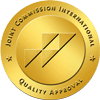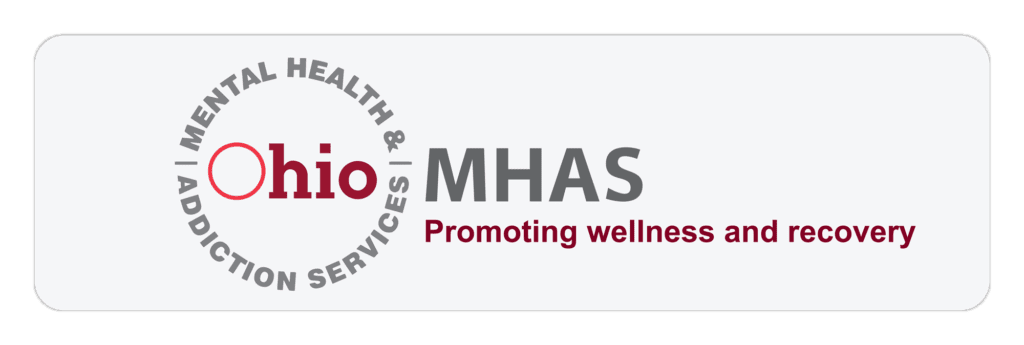It all started off so innocently. Maybe you had a few drinks at the club after you turned 21 now and again or your doctor wrote you a prescription for narcotics. Or, maybe you just liked to hit up the club with your friends and feel the “love” with a few tabs of ecstasy on the weekends.
Now, you’re finding yourself using almost every day. Attempts to quit are unsuccessful, and the negative consequences of using are starting to negatively affect your life. You never meant to let things get so out of control. Where do you go from here?
You’ve already taken the most critical first step: admitting you have a problem. If you’re here right now, reading and relating to what’s written above, we want to congratulate you. It might be difficult to see right now, but there will come a day when you celebrate this moment as the first step on your journey to healing.
The next logical step is to find the right treatment program – and you have an exhaustive list of treatment care levels and program options to choose from. But which is best for you?
Your Unique Addiction Recovery Needs Matter
In a few minutes, we’re going to help you explore some of your available options, how they work, and why they may (or may not) work for you. But here’s what you need to know about this decision even before you become informed:
Every patient is unique – including you. And that means a treatment program needs to be highly individualized, too, even if they serve multiple people. What works best for one person may or may not work for another.
In fact, it’s virtually impossible to tell you which program is “best” for you without getting to know you or at least having an initial consultation to talk about your experiences and goals. Please consider reaching out to an addictions counselor who can help you navigate this complex process – you don’t have to do this alone. Ready? Let’s dive in.
Residential Treatment
Residential treatment is one of the most commonly recommended program styles available in the recovery industry. Countless studies support the fact that entering the safe, protective environment of a residential facility is a powerful way to change your life. This is a direct result of the fact that it allows you to escape from environmental triggers and old influences that might cause you to break your resolve. The only thing you need to focus on is you, your healing, and your newer, brighter future.
How Do Residential Treatment Programs Work?
Not every residential treatment program is the same. Some programs focus solely on a specific addiction (e.g., alcoholism) while others treat all addictions at the same time. Still others treat dual diagnosis patients who also struggle with mental illness or other physical health problems.
Residential treatment is ideal for people who may face dangerous or uncomfortable withdrawal symptoms. Care teams generally include physicians and nurses who can monitor you and, if necessary, provide you with medication – without risking your future sobriety. The goal is to help you get through detox safely.
Whichever facility you choose, you will most likely attend with at least a handful of other people walking the same path as you. Group therapy, individual therapy, safe recreation, and education modules will help you re-learn how to live a sober life.
Outpatient Treatment
Sometimes, residential treatment either isn’t right or isn’t an option. Perhaps you already have a strong support system, your own therapist, or even a sober community behind you. Or, maybe you have children or a career that limits your ability to commit to being in the facility for long periods. Outpatient treatment allows you to continue living at home while still connecting with medical and mental health supports every single day. This ensures you have access to medical monitoring, rapid intervention, and counseling without the need for major commitments.
How Do Outpatient Treatment Programs Work?
Most outpatient programs require that you attend a specific facility – often, the same location as the provider’s residential facility – for at least two to three hours daily (even on the weekends). You’ll spend this time on many of the same activities as patients in residential programs, including education, monitoring, counseling, and safe recreation.
Outpatient programs can be risky for some patients. For example, they should not be used if your home environment is unsafe and puts you at risk for relapse. For obvious reasons, they are also unsuitable for people who are at risk for homelessness.
Partial Hospitalization Treatment
Partial hospitalization seeks to eliminate some of the risks associated with outpatient treatment without requiring a lengthy residential stay. You’ll spend up to eight or more hours at the facility every single day, returning home each night to sleep. If you’re the type of person who can’t sleep anywhere at home, or the idea of inpatient treatment causes you a great deal of anxiety, this may be one option to consider.
How Do Partial Hospitalization Programs Work?
A partial hospitalization programs (PHP) is almost identical in nature to an inpatient treatment program. You’ll spend your time each day learning about your addiction, seeing psychologists, attending therapy, and re-discovering the joy of a sober lifestyle from the ground up. Most PHPs do also provide detox care, maintenance medications, and dual diagnosis support, should they be needed.
Some (but not necessarily all) PHPs require patients to attend at least one AA or NA meeting every evening. This helps to reduce the amount of time you spend on your own, alone, while helping develop your support network.
The main difference between inpatient programs and PHPs is that you return home every single night. This can be ideal, or it can be risky; it leaves you without on-the-spot support for at least 12 to 14 hours per day. Still, if you feel confident in your ability to stay sober for at least part of the day alone, this may be right for you.
Sober Living
Sober living communities provide long-term sobriety support, camaraderie, and safety for patients who continue to struggle. This option includes halfway houses, extended “self-managed” residential communities, and sober apartments. Everyone living in a sober living community commits to maintaining a drug and alcohol-free environment, working together for the greater good of all.
How Does Sober Living Work?
The sober living environment is about gradually giving people in recovery more freedom to find their footing without putting them at risk. Depending on the program, you may attend therapy, addiction education, and appointments with medical providers right at your house, or you may travel out to local professionals to receive these services instead.
It is important to note that most sober living communities cannot provide the level of care needed in early detox (e.g., medically-assisted withdrawal). You may be asked to attend an inpatient or PHP and undergo the detox process first before you come, especially if there is a risk of dangerous complications and symptoms.
Because sober homes are drug-free, alcohol-free, and (usually) monitored by a counselor or therapist, the risk of initial relapse is much, much lower. Furthermore, round-the-clock support is almost always available if counselors remain in the house overnight. Most people who live in sober living communities also attend outside community meetings, such as Alcoholics Anonymous (AA) and Narcotics Anonymous (NA).







